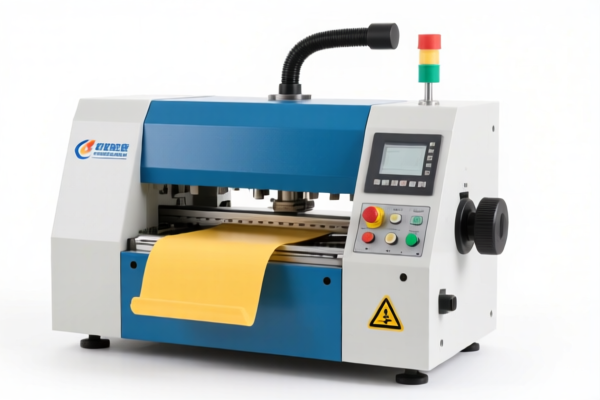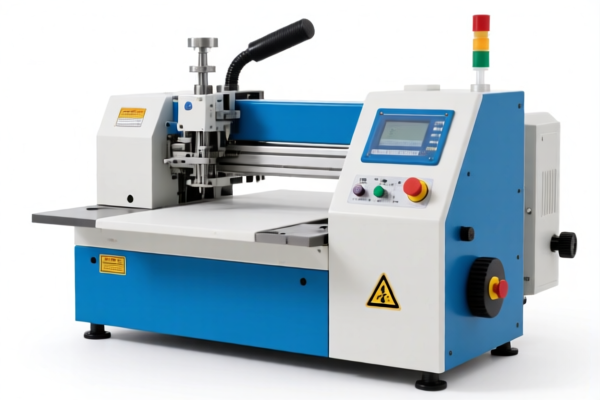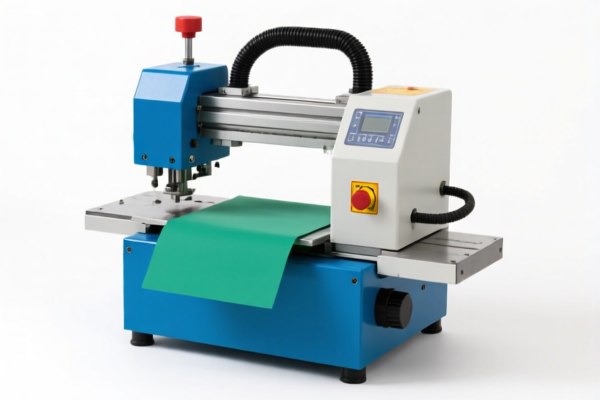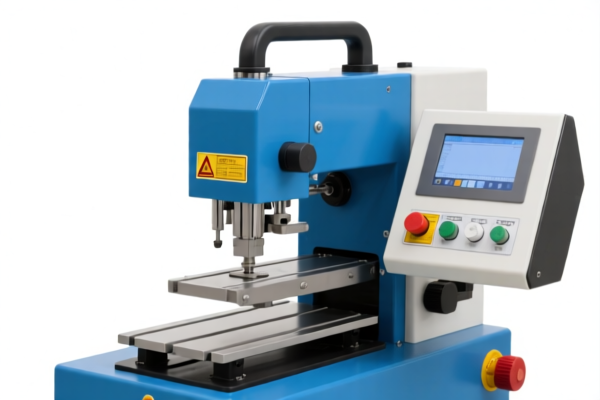| HS Code | Official Doc | Tariff Rate | Origin | Destination | Effective Date |
|---|---|---|---|---|---|
| 8424891000 | Doc | 55.0% | CN | US | 2025-05-12 |
| 9017208040 | Doc | 59.6% | CN | US | 2025-05-12 |
| 9017208080 | Doc | 59.6% | CN | US | 2025-05-12 |




Marking Device
A marking device is a tool used to apply visible or invisible indications to a surface. These indications can serve a variety of purposes, including identification, labeling, decoration, or the creation of temporary or permanent records. The breadth of the category encompasses a wide range of technologies and applications.
Materials & Mechanisms
Marking devices utilize diverse materials and mechanisms to create marks. Common approaches include:
- Inks: Liquid or paste-based pigments applied via pens, markers, printers, or specialized equipment. Ink-based marking can range from permanent, waterproof formulations to easily removable options.
- Dyes: Similar to inks, but typically less viscous and often used for fabric or porous materials.
- Laser: Focused beams of light used to ablate, etch, or alter the surface material, creating permanent marks.
- Dot Matrix/Thermal Transfer: These methods use heat to transfer pigment from a ribbon onto the target surface, commonly used for labels and date/batch coding.
- Engraving: Physical removal of material using rotating tools or chemical etchants, resulting in durable, permanent marks.
- Embossing/Debossing: Creating raised or recessed patterns on a surface using pressure, often used for leather, paper, or metal.
- Stencils: Masks used to define the area to be marked, allowing for the application of ink, paint, or other materials.
- Electrostatic Marking: Utilizing electrical charges to attract toner or other marking substances to a surface.
Purpose & Function
The primary function of a marking device is to create a discernible indication on a surface. Specific purposes include:
- Identification: Assigning unique codes, serial numbers, or barcodes for tracking and inventory management.
- Labeling: Providing information about a product, such as ingredients, warnings, or instructions.
- Decoration: Adding aesthetic designs or patterns to a surface.
- Traceability: Linking products to their origin, manufacturing date, or batch number.
- Authentication: Creating security features to prevent counterfeiting.
- Date/Batch Coding: Indicating production or expiration dates.
- Inspection/Quality Control: Marking defects or approved items.
Usage Scenarios
Marking devices are employed across a vast spectrum of industries and applications:
- Manufacturing: Part identification, serial numbering, date coding, quality control.
- Logistics & Supply Chain: Barcode labeling, tracking shipments, inventory management.
- Retail: Price tagging, product labeling, security tagging.
- Healthcare: Patient identification, medical device labeling, sample tracking.
- Automotive: Part traceability, VIN (Vehicle Identification Number) marking.
- Aerospace: Component identification, maintenance tracking.
- Food & Beverage: Date coding, batch coding, ingredient labeling.
- Personal Use: Writing instruments, art supplies, crafting tools.
Common Types
- Permanent Markers: Utilize alcohol-based inks for durable, long-lasting marks on various surfaces.
- Dry Erase Markers: Use specialized inks that can be easily wiped away from non-porous surfaces.
- Paint Markers: Contain opaque paint for bold, visible marks on a wide range of materials.
- Label Printers: Utilize thermal transfer or direct thermal technology to print labels on demand.
- Laser Engraving Machines: Employ lasers to create precise, permanent marks on metal, plastic, wood, and other materials.
- Dot Matrix Printers: Use impact printing technology to create marks on continuous forms or labels.
- Inkjet Printers: Utilize liquid ink sprayed onto the surface to create marks.
- Hot Foil Stampers: Apply heat and pressure to transfer foil to a surface, creating a decorative or security mark.
- Handheld Dot Coders: Portable devices for applying date/batch codes to products.
- Valve Jet Printers: Utilize high-speed ink jets for industrial coding applications.
- Writing Pens (Ballpoint, Gel, Fountain): Common tools for general writing and marking purposes.
The declared goods are described as a “marking device”. Based on the provided information, the following HS codes may be relevant:
- 9017.20.80.40: This HS code covers drawing, marking-out or mathematical calculating instruments. Specifically, it refers to hand operated input devices which transmit position data to computer processors or displays (digitizers). These devices are used for inputting data to computers, likely for creating or modifying designs or drawings.
- 9017.20.80.80: This HS code also falls under drawing, marking-out or mathematical calculating instruments, but covers “Other” instruments within this category. This would include marking devices that do not fall into the more specific category of hand operated input devices transmitting position data to computers.
- 8424.89.10.00: This HS code relates to mechanical appliances (whether or not hand operated) for projecting, dispersing or spraying, of a kind used solely or principally for the manufacture of printed circuits or printed circuit assemblies. If the marking device is used in the production of printed circuits, this code may be applicable.
Explanation of HS Code Structure (based on provided information):
The HS codes follow a standardized structure:
- Chapter (First two digits): Indicates the broad category of the goods. For example, Chapter 84 covers “Nuclear reactors, boilers, machinery and mechanical appliances; parts thereof” and Chapter 90 covers “Optical, precision, medical, surgical, photographic, cinematographic, measuring, checking, precision, medical or surgical instruments and apparatus; parts and accessories thereof”.
- Heading (Next two digits): Further specifies the category within the chapter. For example, Heading 20 covers “Drawing, marking-out or mathematical calculating instruments” within Chapter 90.
- Subheading (Next two digits): Provides an even more detailed classification. For example, Subheading 80 covers “Other” instruments within Heading 20. Subheading 89 covers appliances for projecting, dispersing or spraying.
Important Note:
Regarding HS code 8424.89.10.00, the reference material specifies that the appliance must be used solely or principally for the manufacture of printed circuits or printed circuit assemblies. Ensure this condition is met for accurate classification.
The total tax rate for HS code 8424.89.10.00 is 55.0%, comprised of a 0.0% base tariff, a 25.0% additional tariff, and a 30% additional tariff effective after April 2, 2025.
The total tax rate for HS codes 9017.20.80.40 and 9017.20.80.80 is 59.6%, comprised of a 4.6% base tariff, a 25.0% additional tariff, and a 30% additional tariff effective after April 2, 2025.
Customer Reviews
No reviews yet.